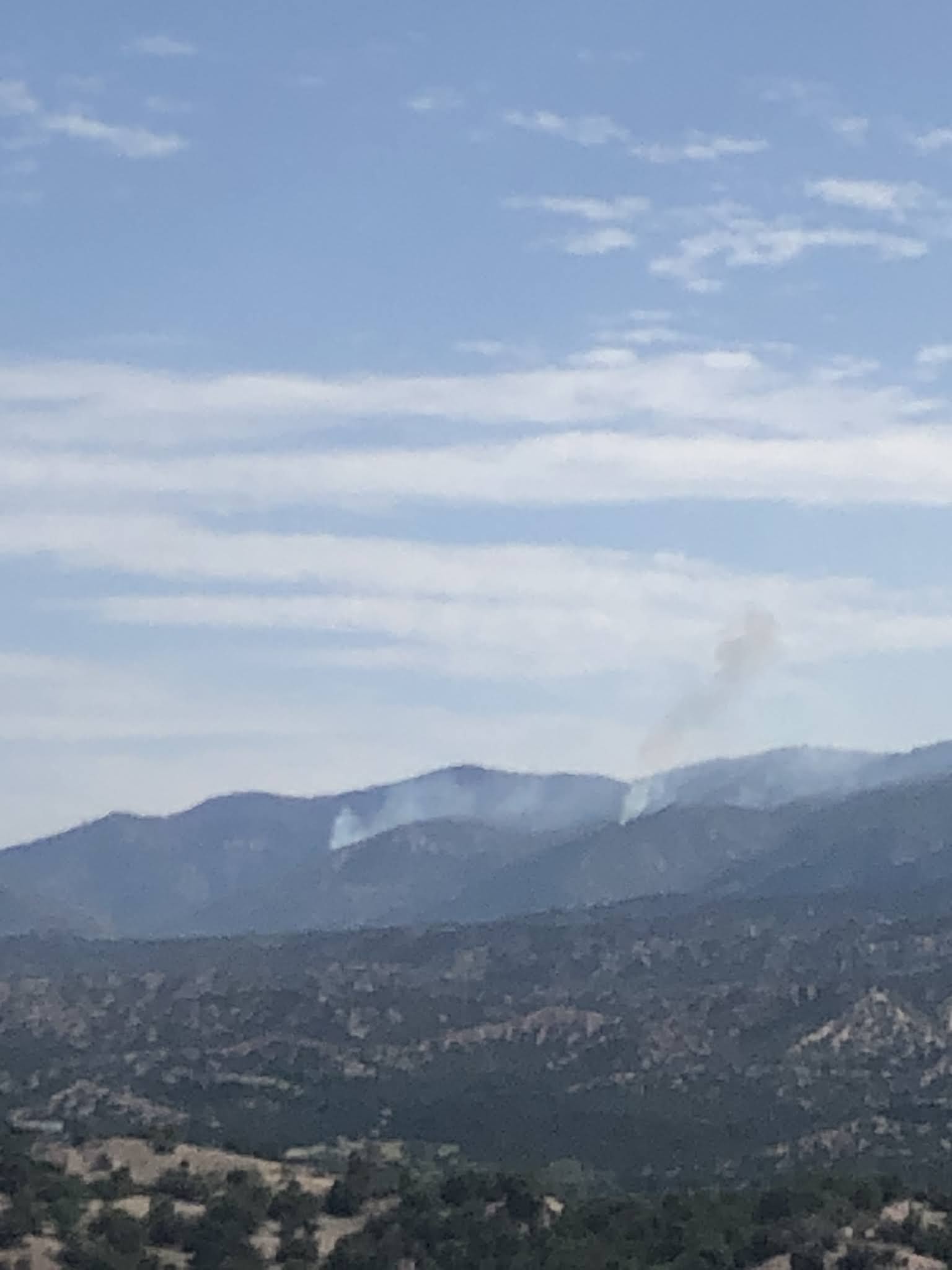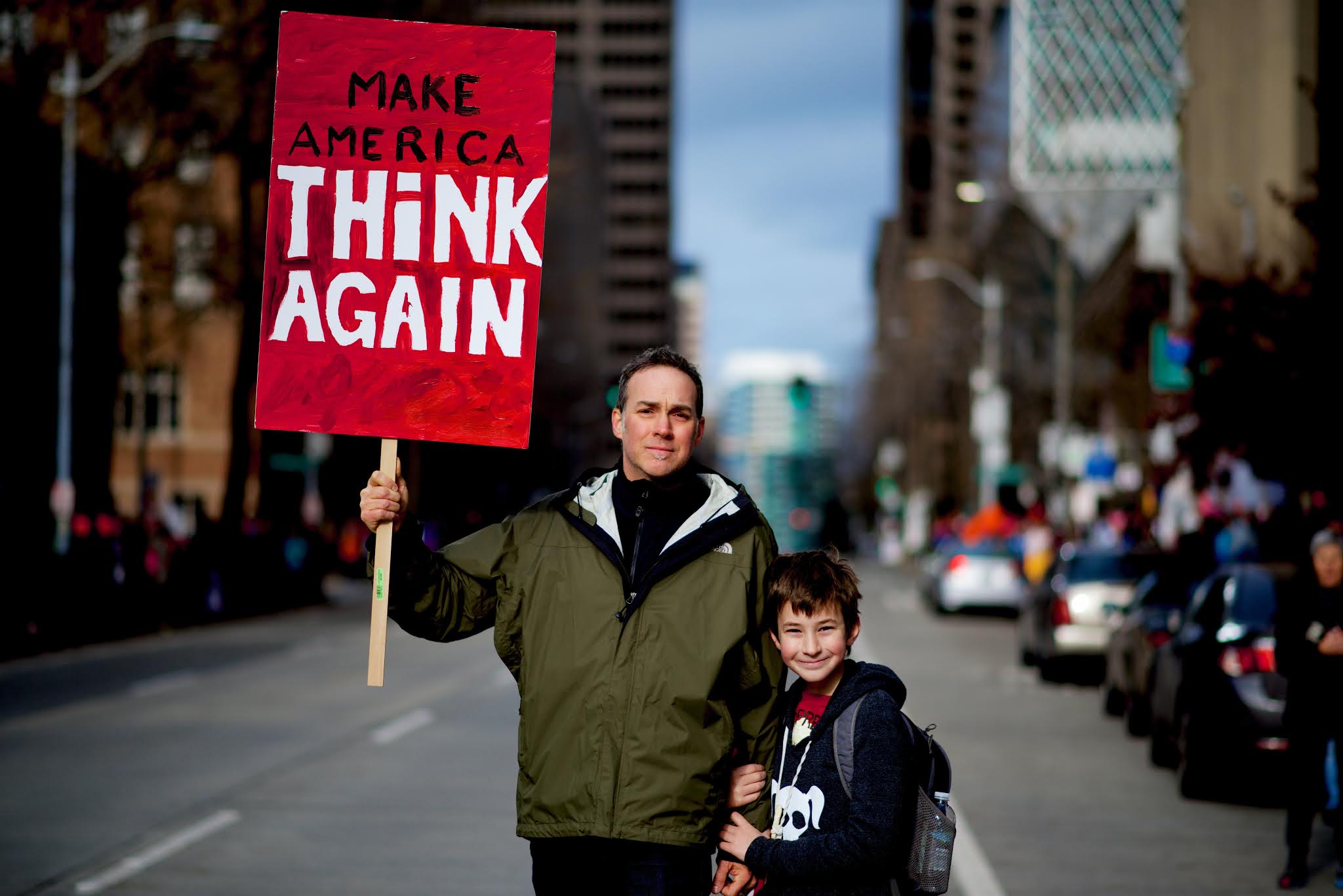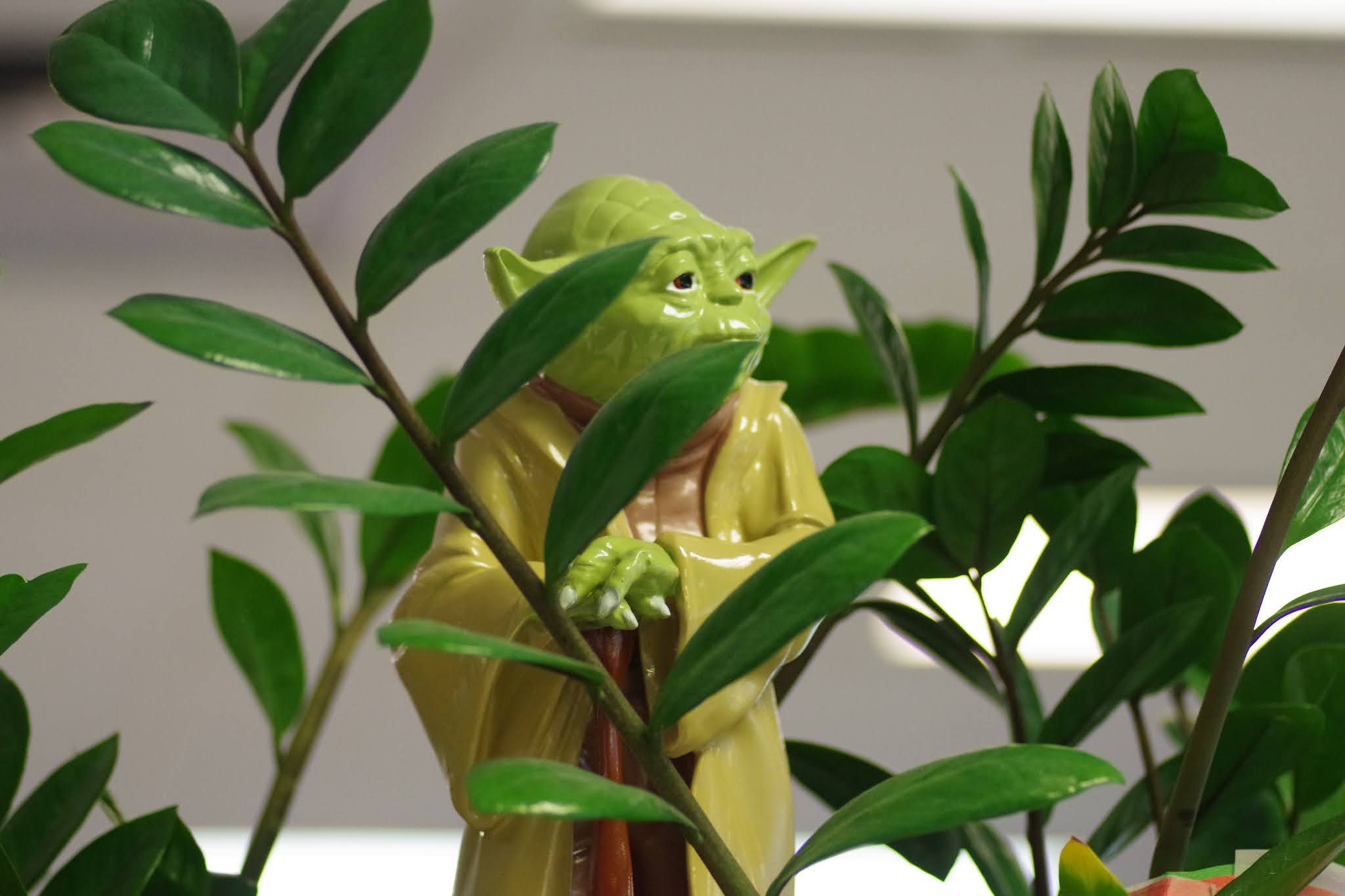Hey everybody! Please “subscribe” if you’d like to get notice by email whenever I post a new blog. There’s no charge! And please, send me a comment and let me know if you’re enjoying this. Thanks, Hollis
I visited Cairo in the late 1990s with some friends. My room at a posh resort in Giza was in a single-story, cottage-like environment. The bellboy accompanied me in, and I noticed the drapes were closed against the terrible heat outside. Once he had turned on all the lights and shown me everything he could possibly show me, he walked over to the drapes and waited for my attention. When I finally stopped what I was doing and looked at him, he threw back the drapes with a flourish. There, directly across the road, was the Great Pyramid. Wow. Few wows are that big, trust me.
Of course he got a huge tip, which was the point of his theatrics.
That night I closed the drapes, of course, and the next morning I was pretty excited to re-create the bellman’s melodrama. I threw back the drapes and saw. . .nothing. Absolutely nothing.
I nearly choked in shock. What was going on? Was I crazy? Had it all been a dream? Where was the world—pyramid or no—outside my window?
 |
| Pyramid pollution in Giza (It was much worse when I was there.) |
As soon as I stepped outside my room, I understood what had happened. What I was seeing was a fog of pollution so thick that visibility was only perhaps 20 feet in any direction. It was horrible. I could barely breathe.
At the time, 16 million people lived in Cairo, many of them in poverty. I was told they burned charcoal for cooking and heat (yes, heat was needed at night, depending on the season).
We asked our private tour guide to take us on a ride, telling him we wanted to see where the poor lived as well as the “fancy” parts of the city. In the poor areas, we drove through swarms of begging children so thick it was as if we were parting schools of fish. We saw poverty such as one rarely sees in the U.S. The largely concrete buildings looked like they had been bombed out, but in fact were built without window coverings of any kind, or even doors in many cases. They seemed to be empty shells of misery.
On many corners, empty lots had morphed into informal landfills where all kinds of human trash was thrown—not in bags, mind you, just tossed on the heaps. These giant middens had combusted and were burning from within, and put off a noxious smoke that was filled with chemicals from plastic, paper, rubber and everything else you can imagine.
The term “climate change” had not yet been invented, or at least wasn’t in common parlance, although environmentalism was certainly decades underway. But these very poor people had little hope of having adequate food, shelter, health care or education; they had no room in their lives for concerns beyond survival. Nor did their government seem to care. It was profoundly disturbing. All poverty is disturbing, but this direct illustration of the connection between poverty and climate damage was powerful.
Cairo is widely accepted to be the most polluted city in the world, with nearly 12 times the rate of pollution by measures typically used to assess air quality by the World Health Organization. But recently, COVID-19 infection rates have prompted Egypt to experiment with some temporary shutdowns of factories and transportation in order to reduce pollution. Here is a story about that: https://www.reuters.com/article/us-egypt-climate-change-air-pollution-tr/as-lockdown-clears-the-air-cairo-looks-to-keep-pollution-low-idUSKBN23102H
Here in Santa Fe, for about 10 days I’ve been unable to walk much—my main form of exercise and sanity maintenance—due to the smoke from a wildfire in the mountains just outside of town. Actually, there are two such wildfires, one north and one south of where I live.
Each morning, I look outside the windows, where normally in the Land of Enchantment one sees bright blue skies with perhaps a wisp of clouds here and there. Most days recently the sky has looked deceptively overcast, a bit like that day I looked out my window in Giza, though not as severe.
I have mild exercise- and allergy-induced asthma that rarely affects me in a serious way, but I don’t tolerate smoke and pollution well. I experienced that in Egypt, but I’ve also experienced it in Mexico City.
In the ’90s I traveled to Mexico City a few times and had my first experience with pollution headaches—headaches that feel like migraines and won’t go away with any amount of painkillers. Within 30 minutes of landing at Aeropuerto Internacional Benito Juárez, I would “catch” that headache, and my time in the city was always miserable because of it. (Mexico City has made great strides to curb its pollution. Here is a good article about that: https://share.america.gov/mexico-citys-air-quality-challenge/)
The situation here in Santa Fe right now is not nearly as dire as the pollution in Mexico City or Cairo. Still, I have been unable to go outside and exercise, and I’ve had to take over-the-counter painkillers to keep the pollution headache at bay some days. Whether the smoke appears bad or not, my body measures the particulate matter for me!
This very unusual situation—I’ve experienced it perhaps twice before in my 32 years in Santa Fe—is a reminder of how lucky we are. We have almost no heavy industry in Northern New Mexico; the worst air polluters are probably our cars and the few sand/concrete/rock mining industries scattered about. (Okay, we do have Los Alamos National Laboratory and arguably an issue with the lab’s pollution, but that’s a whole other ball of wax.) We have almost no air pollution at all, if you don’t count the damned juniper pollen in the spring. Our skies are clean and beautiful.
 |
| Smoke rising from the Medio Fire in the mountains north of Santa Fe. (Photo Betsey Carpenter) |
It’s nice to live in this bubble, frankly. But the smoke these days is reminding me of how important quelling climate change is to our future. We are for now so overwhelmed by the challenges of COVID that climate change has taken a back seat. But it should be sitting in the front seat with COVID, because disruption in our ecosystem and overpopulation have played a significant role in the increase in pandemics over the last three decades.
I subscribe to the Gaia hypothesis, that Earth is an organism with its own self-regulatory functions. Pandemics are an attempt by Earth to bring itself back into balance; removing a lot of humans eases the burden on the planet’s systems. Makes sense, doesn’t it? If we don’t want more pandemics like COVID-19, SARS, MERS, Ebola, and AIDS, we’d better clean up our act, pollution-wise and population-wise. We’ve got to save the planet to save ourselves.
You may be thinking, okay, yeah, all right, I get it—and I understand that feeling. We know what needs to be done and largely feel helpless to do anything except in our own lives, by driving efficient cars, recycling and the like—which never seems like enough.
But we can do more—every time we go to the polls. This fall, make sure (a) you vote and (b) you’re voting for people who believe in the science of climate change and are willing to do something about it, including taking the heat from corporate America that will result if we start taking aggressive environmental action. A vote for the planet is a vote for the future, for your children and grandchildren, for you, for me, and even for the idiots who don’t believe that climate change is real. In most circumstances, a vote for the planet means voting Democratic. But if you’ve found a Republican candidate for office in your area who supports saving the planet and other things you value most more than the Democratic contender, well, mazel tov! Vote for them.
 |
| Photo by Jose M., via Unsplash.com |
Vote with your brain and your conscience on November 3. And may intelligence prevail!


